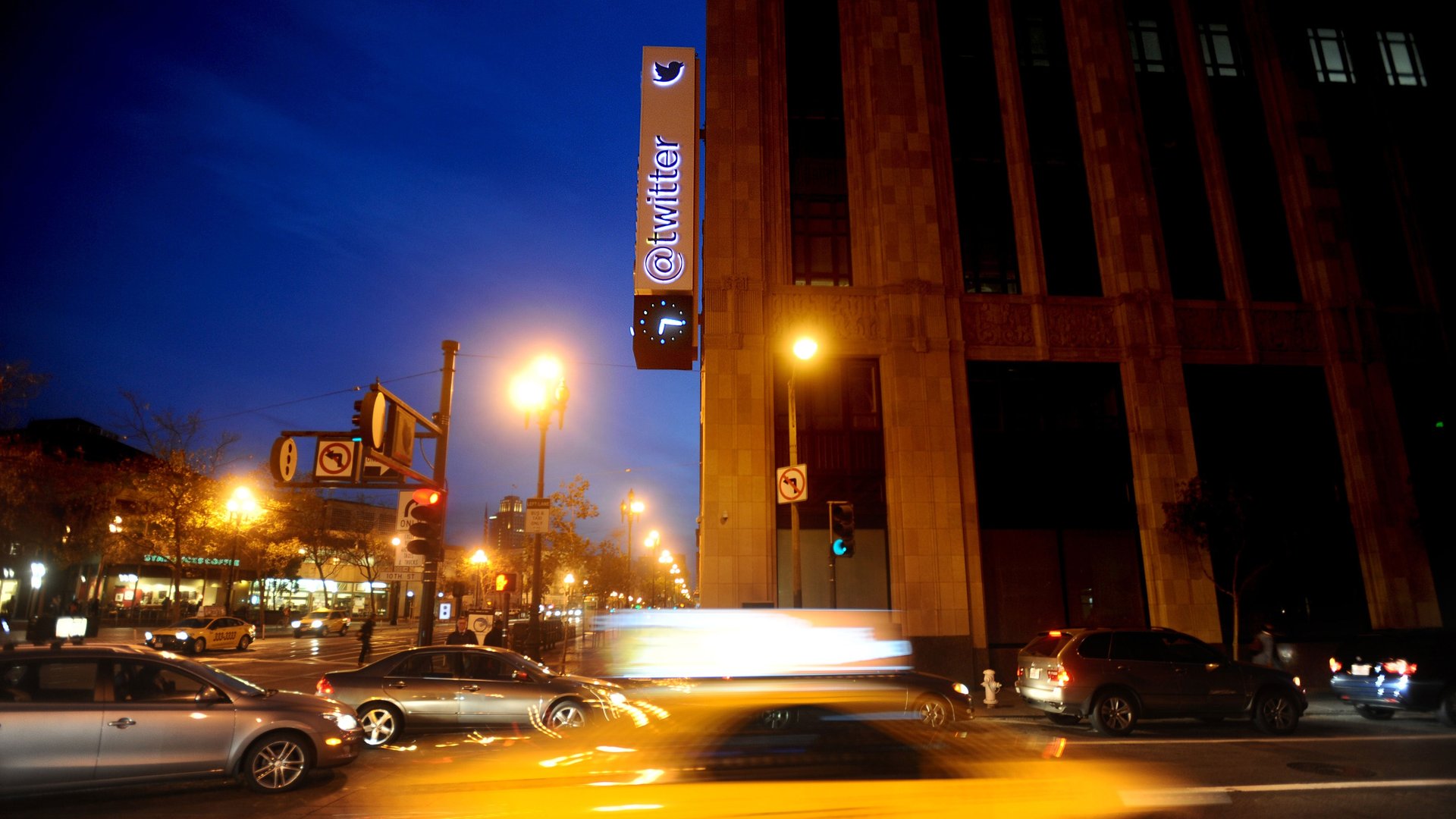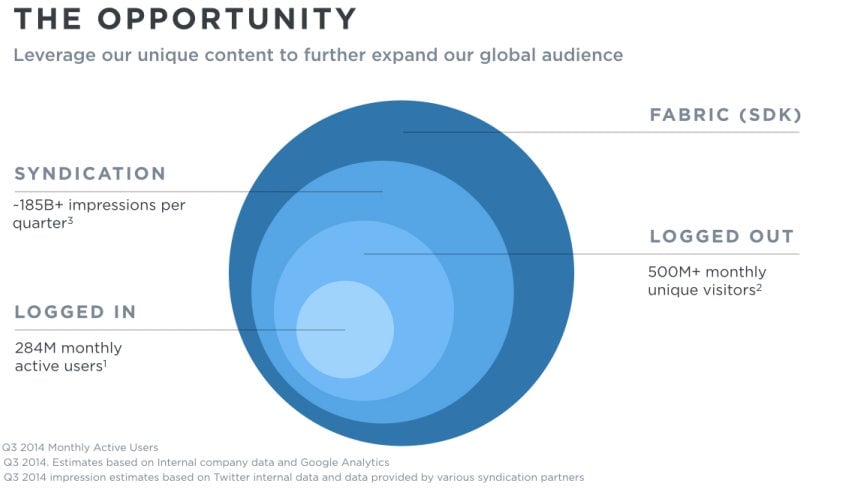Twitter redesigned its confusing, unattractive homepage
Twitter has redesigned its home page, twitter.com.


Twitter has redesigned its home page, twitter.com.
It is a small but significant step in the company’s goal of capturing (paywall) the largest daily audience of any site on the internet, which it outlined at an investor day last year.
Twitter has struggled with user growth, but argues that it is much bigger than its monthly active user base (288 million at last count) implies. That is because, it says, there are up to twice as many “logged out users” as active ones—logged out users being people who experience Twitter through tweets embedded in news articles and elsewhere.

The new site seems to be designed for these users, with a search function allowing people to browse the site for content, and new sections helping people find things they might be interested in, organized by subject matter.
Previously, anyone who typed in twitter.com into their browser was prompted to sign up for the service, prompting them to give up and turn away. Even people that did sign up often found the service confusing. A survey by Deutsche Bank last year found that many people who do sign up for Twitter end up quitting (and becoming inactive) because they can’t filter out the noise, find who to follow, and access the information they need.
The direct comparison here is YouTube. Many people watch videos from the Google-owned video service without being logged into it. YouTube also monetizes its videos that are embedded elsehwere by placing ads in them.
The update only applies to Twitter’s desktop site, not its mobile properties, which is how most people use Twitter. Whether its designed is attempting to convert casual observers into active users, or merely the beginnings of an attempt to monetize the logged-out user base (management has talked about both) remains to be seen.
Twitter shares are having a great start to 2015. The stock is up 42% this year, supported by acquisition rumors, product launches and the general perception that it has its act together.